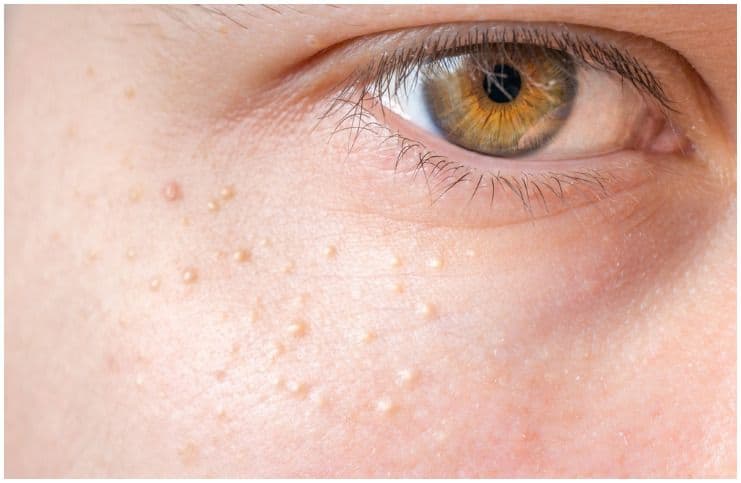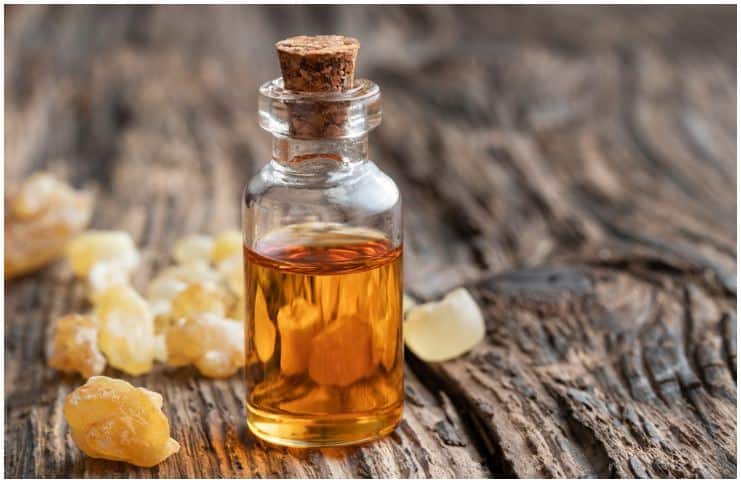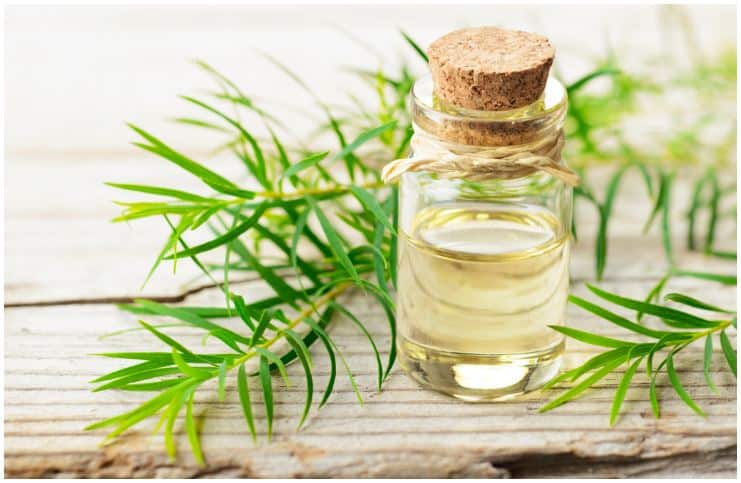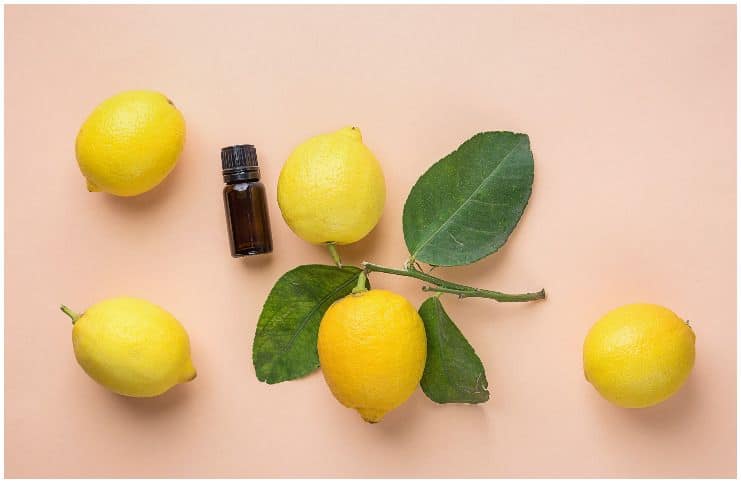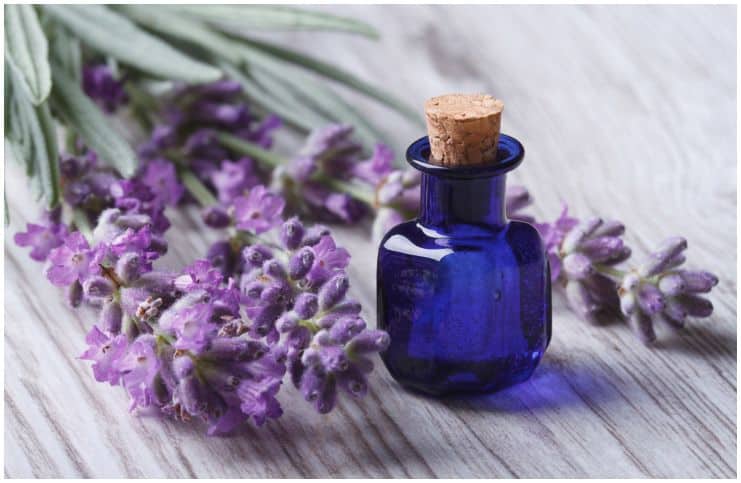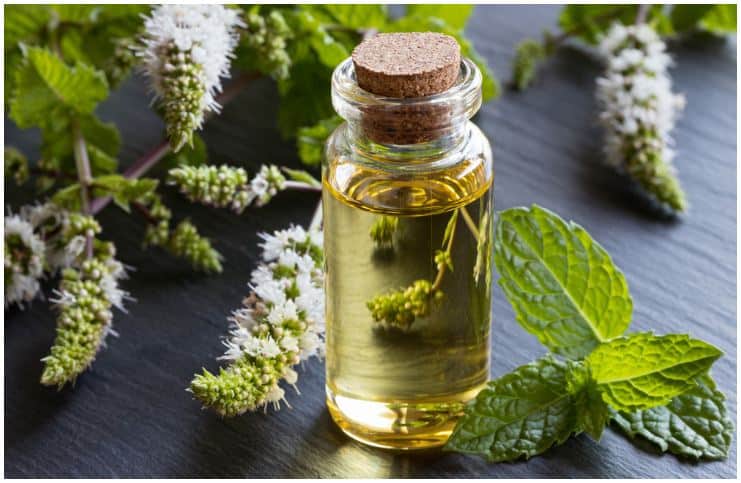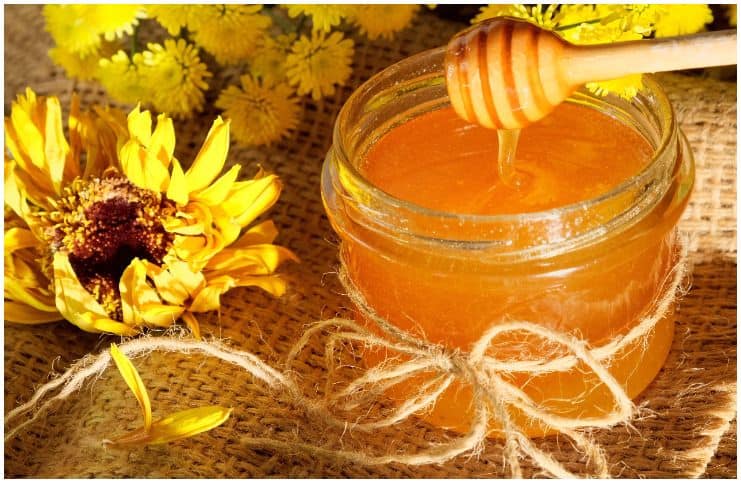Essential Oils For Milia:
Milia are small (usually 1 to 2 millimeters in size) white cysts or bumps that appear on the surface of the skin when dead skin cells become trapped.
They commonly appear on the face, arms, eyelids, or hands, however, they can also occur on the mucous membranes in the mouth. In infants, milia can appear on the roof of the mouth or on the gums.
Milia does not form due to a lack of cleanliness. Milia can happen to just about anyone but is more prevalent in people with chronically sun-damaged skin.
Types
There are numerous types of milia, including:
- secondary milia – this form may resolve spontaneously, however, it tends to persist. It is a form of milia which may result from a medication, a rare disease, or trauma;
- congenital or neonatal milia – it commonly disappears in several weeks or months without treatment and affects 40 to 50 percent of newborn babies;
- benign primary milia – it typically clears up naturally within several weeks or months. They are commonly clustered on the eyelids, cheeks, genitals, or forehead of children or adults.
Causes
Milia are a type of cysts containing keratin (dead skin cells).
They are usually caused either by a lipid deficiency in the skin cells at basal layer or by previous skin trauma in the area (like a laser/sunburn/allergic reaction) that causes the skin cells to create crystallized lipids.
Note – unlike acne, milia typically do not develop redness or swelling or get inflamed and do not form from a pore.
Risk Factors
Sun damage can be an important contributing factor for milia since it makes skin leathery and rough. Other risk factors include:
- long-term use of steroid creams;
- blistering injuries;
- heavy use of pore-clogging skincare products.
Treatment
Treatment options can include:
- chemical peeling – it is a treatment where a chemical is applied to the face to burn off skin lesions;
- minocycline – it is an oral antibiotic that can be helpful in treating certain types of milia;
- dermabrasion – it is a procedure which removes the topmost layers of the affected skin;
- laser treatment – to erase and destroy them;
- applying heat (diathermy) – to destroy the milia cysts;
- cryotherapy – it is a type of treatment that freezes skin lesions.
Note – whatever you do, do not try to remove or squeeze it yourself like a spot, as you will cause more harm.
Here Is A List Of 10 Essential Oils For Milia:
#1 Frankincense
Frankincense oil is usually sourced from the resin of the Boswellia sacra or Boswellia carterii tree.
Due to its potent astringent properties, frankincense essential oil helps in regeneration of skin cells and makes them healthy.
Also, this essential oil is excellent for dry and mature skin due to its content of olibanol.
#2 Carrot Seed
Carrot Seed Essential Oil is derived from the dried seeds of the Daucus carota.
Carrot seed essential oil is a remarkable source of numerous powerful antioxidants that promote skin healing and toning and avert the oxidative stress.
Also, the oil aids in cell regeneration and smoothes the skin.
#3 Avocado
Avocado oil is commonly used as a carrier oil for essential oils.
It is also high in lecithin, a type of lipid that helps deliver nutrients directly to the deeper layers of the skin and the bloodstream.
Furthermore, avocado oil is packed with sterolin and vitamin E, two compounds that soften the skin and protect it from free radicals.
#4 Tea Tree
Tea tree oil is an essential oil that comes from steaming the leaves of the Australian tea tree.
The antibacterial properties of tea tree essential oil make it an effective wound healer.
Additionally, it may help to reduce swelling and redness.
The potent anti-inflammatory attributes of this essential oil help to relieve irritated and painful skin.
Note – be careful when using this oil around the eye area, as exposure can cause irritation and redness.
#5 Lemon
Lemon oil has excellent benefits to the skin as it improves circulation and removes skin toxins, hence, it hastens the healing process.
Moreover, it has a strong, purifying, citrus scent which is uplifting and revitalizing.
#6 Rosehip Seed
Harvested from the seeds of rose bushes, rosehip oil is full of antioxidants, vitamins, and essential fatty acids that do wonderful things for your skin.
Note – when taken internally, this essential oil has been shown to substantially help the health of the gut.
#7 Geranium
Geranium essential oil has been used to treat (it has antiseptic, antifungal, astringent, and diuretic properties) health conditions for centuries.
Its strong cleansing action helps purge dirt, toxins, excess sebum, grime, and dead cells from deep within skin pores.
Also, geranium oil has soothing attributes that relax your facial muscles, calm down skin inflammation, and promote blood circulation.
#8 Lavender
This essential oil is one of the best remedies for your skin as it has antiseptic, regenerative, and anti-inflammatory attributes that together help eliminate dry, cracking skin as well as milia.
Major constituents of lavender essential oil are:
- 3-Octanyl Acetate;
- Linalyl Acetate;
- (E)-B-Ocimene;
- Linalool;
- (E)-B-Farnesene;
- B-Caryophyllene;
- Terpinene-4-ol;
- Lavandulyl acetate;
- (Z)-B-Ocimene.
#9 Peppermint
It contains omega-3 fatty acids, that nourish the skin when applied topically or ingested.
Note – peppermint essential oil is far more concentrated than other essential oils.
#10 Castor
This essential oil has potent antibacterial properties, which can effectively treat numerous skin issues, including milia.
In addition, it is rich in ricinoleic acid, a monounsaturated fatty acid that has impressive anti-inflammatory properties.
Home Remedies
#1 Shea Butter
This emollient is packed with nutrients like – vitamin A, vitamin D, vitamin E, and vitamin F.
In addition, it contains essential fatty acids and antioxidants, that help combat dry skin.
#2 Apple Cider Vinegar
Apple cider vinegar is an astringent that can be used in place of a toner since it causes your pores to contract.
ACV contains alpha-hydroxy acids, which will reveal healthy and vibrant new skin and remove dead skin.
#3 Manuka Honey
This type of honey is derived from bees pollinating the native Leptospermum tree and is produced in New Zealand.
It is an antimicrobial agent that can help reduce inflammation.
To use it, you need to apply a thin layer of manuka honey to the face for up to fifteen minutes.
#4 Retinol
Retinol is pure vitamin A. It is very helpful for both preventing and fighting milia.
To use it, apply a small amount to the face.
Important note – make sure to avoid the eyelids.
#5 Pomegranate Peel Powder
The ellagic acid contained in the pomegranate peel powder prevents the moisture in the skin cells from drying out.
Additionally, due to the fact that it is rich in vitamin C, it is good for skin health.
Prevention
You can prevent milia by:
- exfoliating between 2 and 3 times a week;
- limiting your intake of cholesterol-rich foods (meat, dairy products, and eggs) as well as junk foods, such as – hot dogs, hamburgers, doughnuts, French fries, onion rings, mayonnaise, margarine, or potato chips;
- avoiding the use of oil-based products or thick creams;
- avoiding excessive exposure to the sun.
READ THIS NEXT:
Fregoli Syndrome vs Capgras Syndrome
Pulmonary Edema vs Pleural Effusion
Tuberculoid vs Lepromatous Leprosy
References https://www.ncbi.nlm.nih.gov/pmc/articles/PMC5228532/ https://core.ac.uk/download/pdf/82085356.pdf https://www.jaad.org/article/S0190-9622(16)31284-1/fulltext
